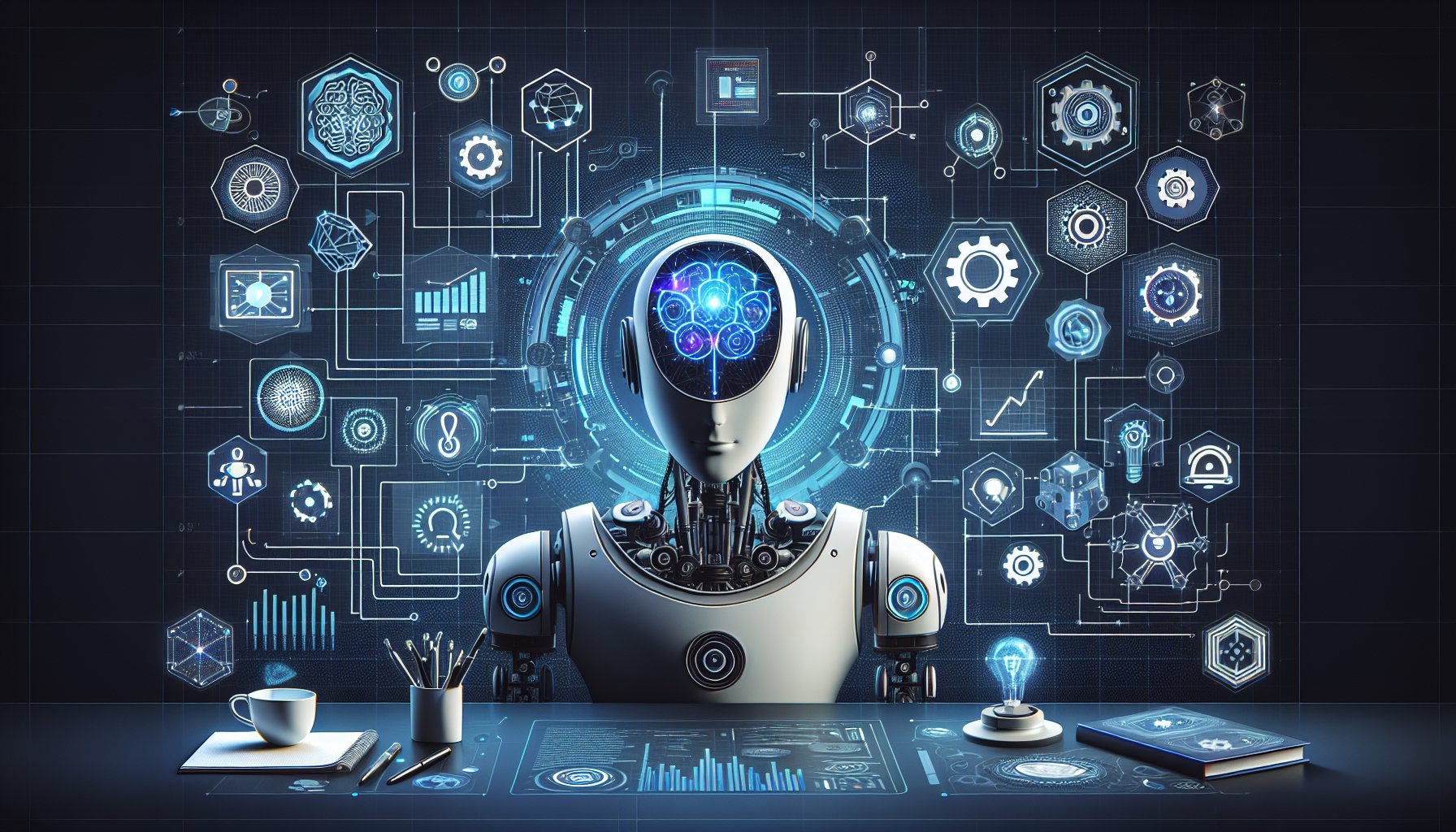Introduction
As we navigate a digital era defined by artificial intelligence and automation, AI integration has become a critical strategic imperative for businesses worldwide. This blog post delves into cutting-edge AI integration strategies, highlighting the most innovative approaches and tools to stay at the forefront of the AI revolution.
Understanding AI Integration
AI integration is the process of incorporating AI capabilities into existing business systems and applications to automate processes, analyze data, and deliver enhanced user experiences. Effective AI integration allows businesses to leverage the power of AI across their operations, boosting efficiency, productivity, and decision-making capabilities.
Strategic AI Integration Approaches
API-Based AI Integration
APIs (Application Programming Interfaces) are a popular method for integrating AI capabilities into existing systems. With APIs, developers can leverage pre-built AI models and services, accelerating the integration process and reducing the need for in-house AI expertise.
For instance, using AI-powered APIs, a business application can be enhanced with natural language processing, image recognition, or predictive analytics capabilities. Modern AI platforms offer a wide range of APIs to cater to diverse business needs.
Microservices and Serverless Computing
Microservices architecture and serverless computing are two emerging trends that can greatly simplify AI integration. With microservices, AI functionalities can be developed and deployed as independent services, reducing the complexity of integration and allowing for easier scalability.
Serverless computing, on the other hand, allows developers to run AI workloads without worrying about server management and capacity planning, further simplifying the integration process and reducing operational overhead.
AI-First Development
The AI-first approach involves designing systems and applications with AI at the core from the onset. This approach ensures that AI is not an afterthought but a key component of the system design, leading to seamless integration and maximized benefits.
Key Tools and Technologies
Modern AI integration requires cutting-edge tools and technologies. Here are some of the most promising ones:
- AI Platforms: Comprehensive AI platforms such as Google's TensorFlow, Facebook's PyTorch, and Microsoft's Azure AI offer a wide range of tools and services for developing, deploying, and integrating AI capabilities.
- AI APIs: APIs for popular AI services such as IBM Watson, AWS Rekognition, and Google Cloud Vision allow developers to integrate AI capabilities easily and quickly.
- AI Frameworks: Frameworks like Keras and Scikit-learn provide high-level APIs for developing and training AI models, simplifying the integration process.
Conclusion
The world is rapidly transitioning towards an AI-driven future, and AI integration is a key enabler of this transition. By leveraging cutting-edge strategies, tools, and technologies, businesses can integrate AI seamlessly into their operations and gain a competitive edge in the digital landscape.
Key takeaways for staying current with AI integration include adopting a strategic approach to AI integration, leveraging modern tools and technologies, and staying updated with the latest trends and best practices in AI development.
